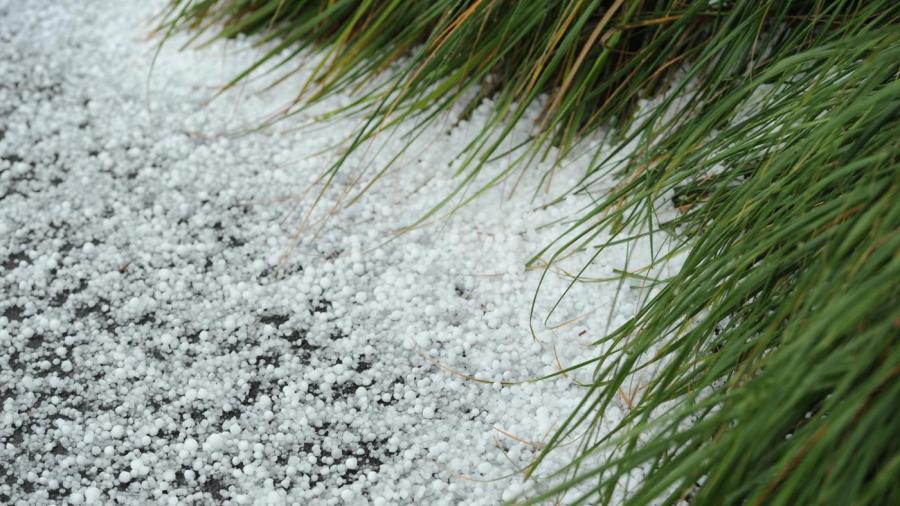How Does Hail Form?

Hail forms as a result of water droplets being carried above the freezing level by updrafts from thunderstorms. If a hailstone falls toward warmer air at the bottom of a thunderstorm, it thaws. However, if it is caught in another updraft, it collects additional layers of ice, growing larger before falling to the ground as hail.
Most hail is relatively small, measuring fewer than 2 inches in diameter. However, even small hail is capable of causing a great deal of damage, owing in large part to the fact that it falls as fast as 90 miles per hour. According to the National Oceanic and Atmospheric Administration, a hail storm that occurred on April 10 in 2001 in Kansas City caused roughly $2 billion in damage.
The largest hailstone ever recorded fell in June 2003 in Aurora, Neb. The piece of hail measured more than 18 inches in circumference, 7 inches in diameter and weighed slightly less than 1 pound. The heaviest piece of hail on record fell in September 1970 in Coffeeville, Kan. It weighed 1.67 pounds, and it measured 17.5 inches in circumference and 5.7 inches in diameter.
In the United States, most hailstorms occur in the Great Plains region, which is just east of the Rocky Mountains. Hail falls primarily in spring and summer as that is when thunderstorms are most prevalent.
Many people mistake the sleet of winter, which is simply frozen raindrops, for hail.





